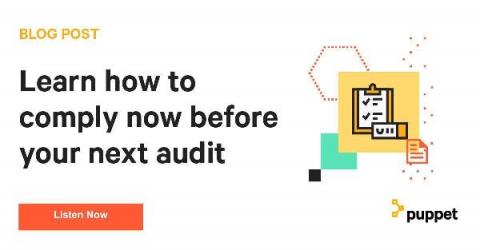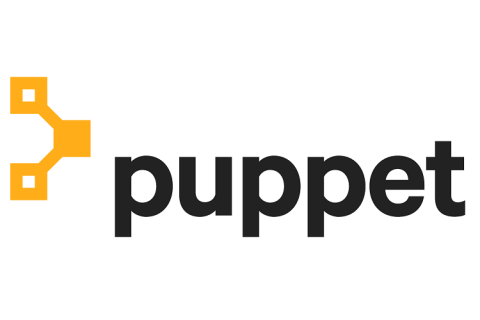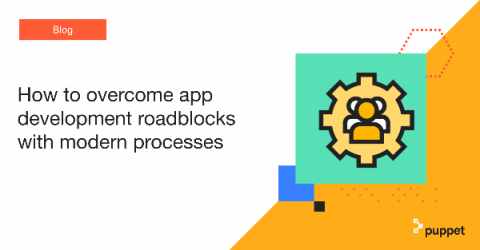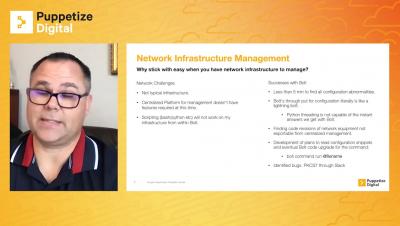Managing Compliance Drift: Break the endless scan-fix-drift cycle
In the first post of this series, we provided guidance for managing the many facets of a compliance program — taming the “compliance beast.” While there are many factors to consider, I’d argue that none is more essential than a reliable means of enforcement.










